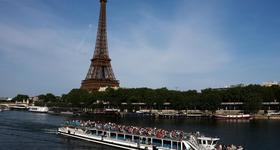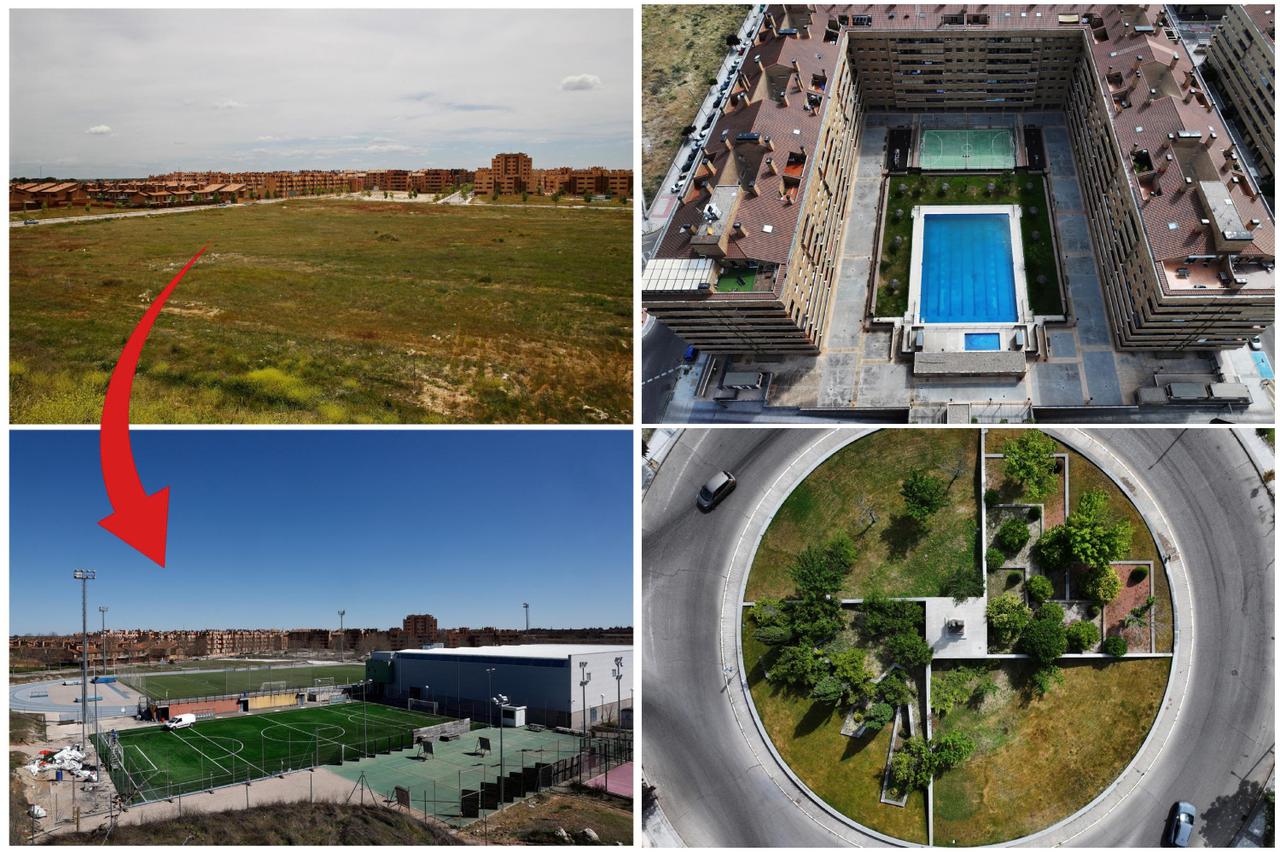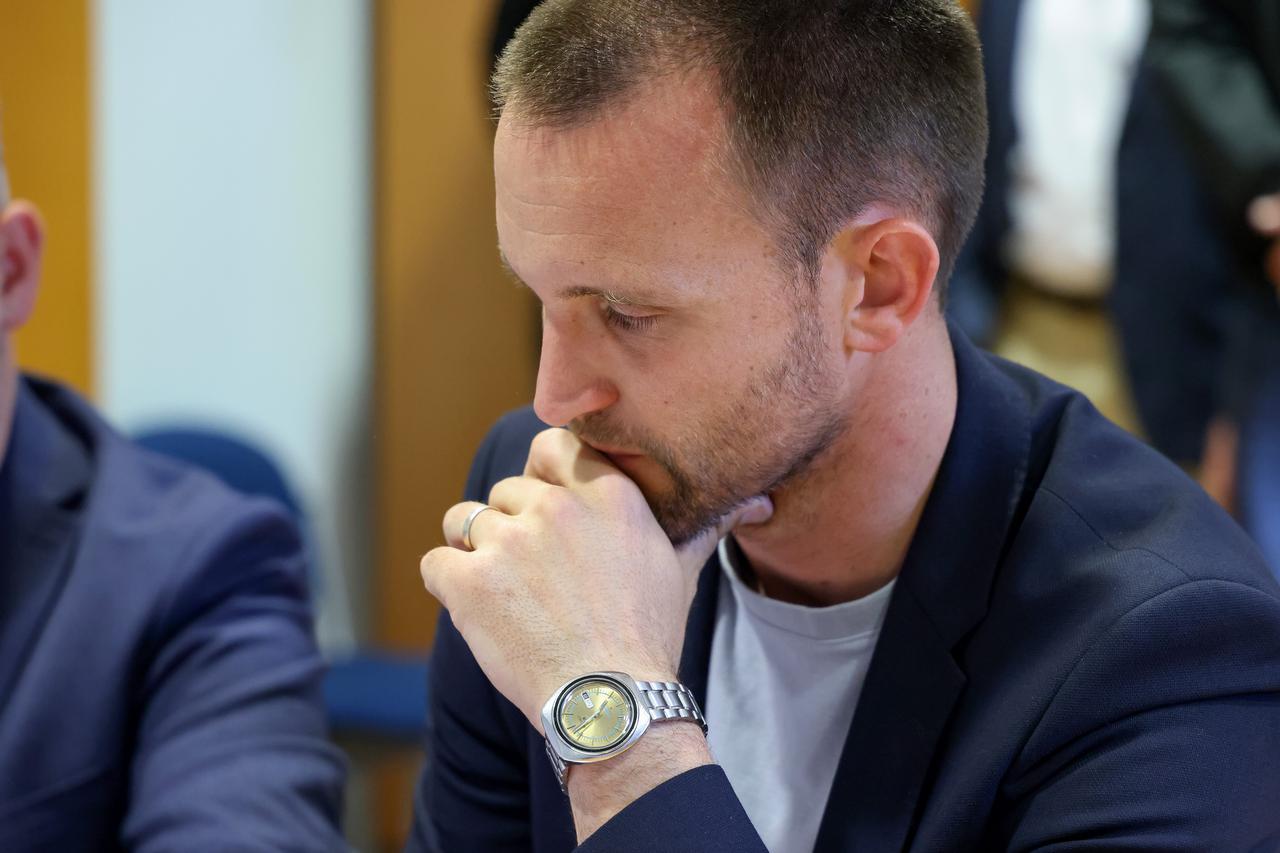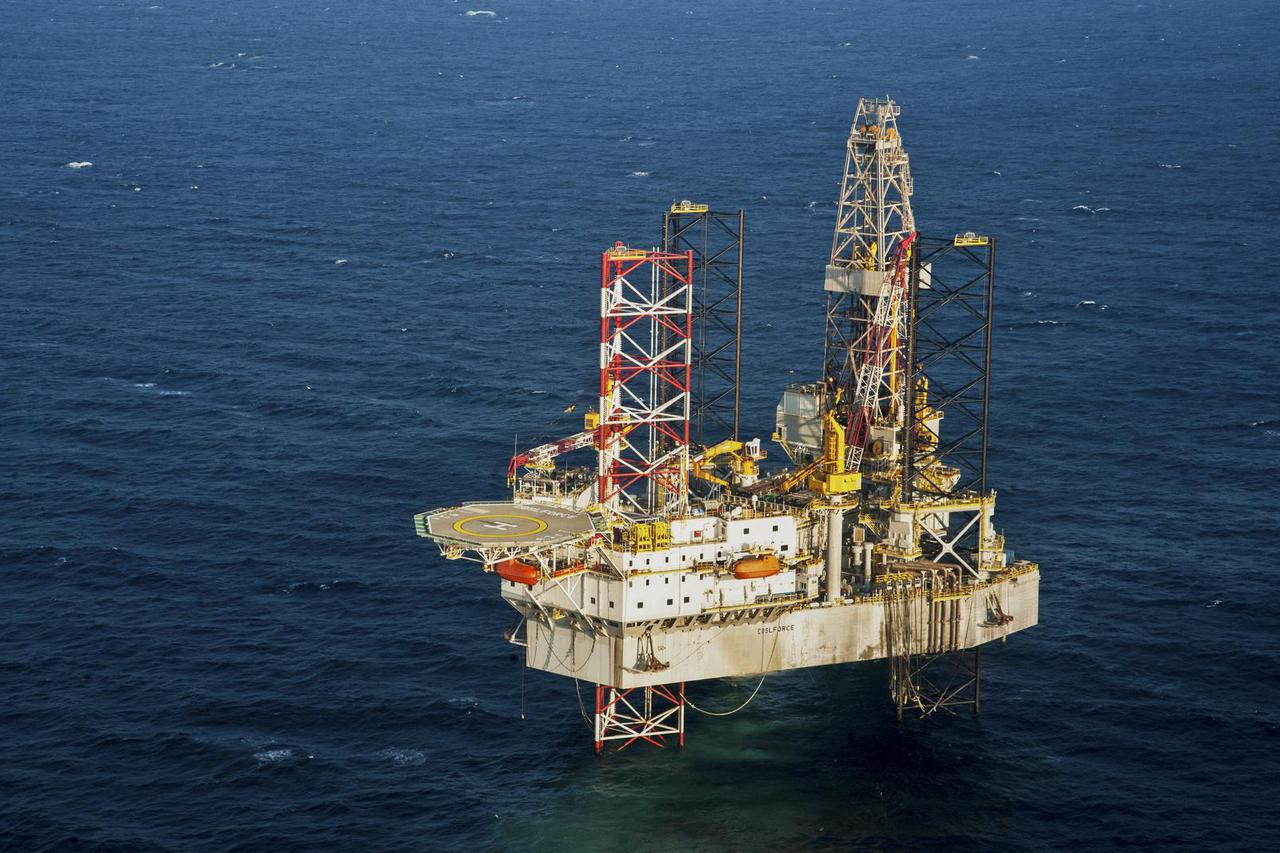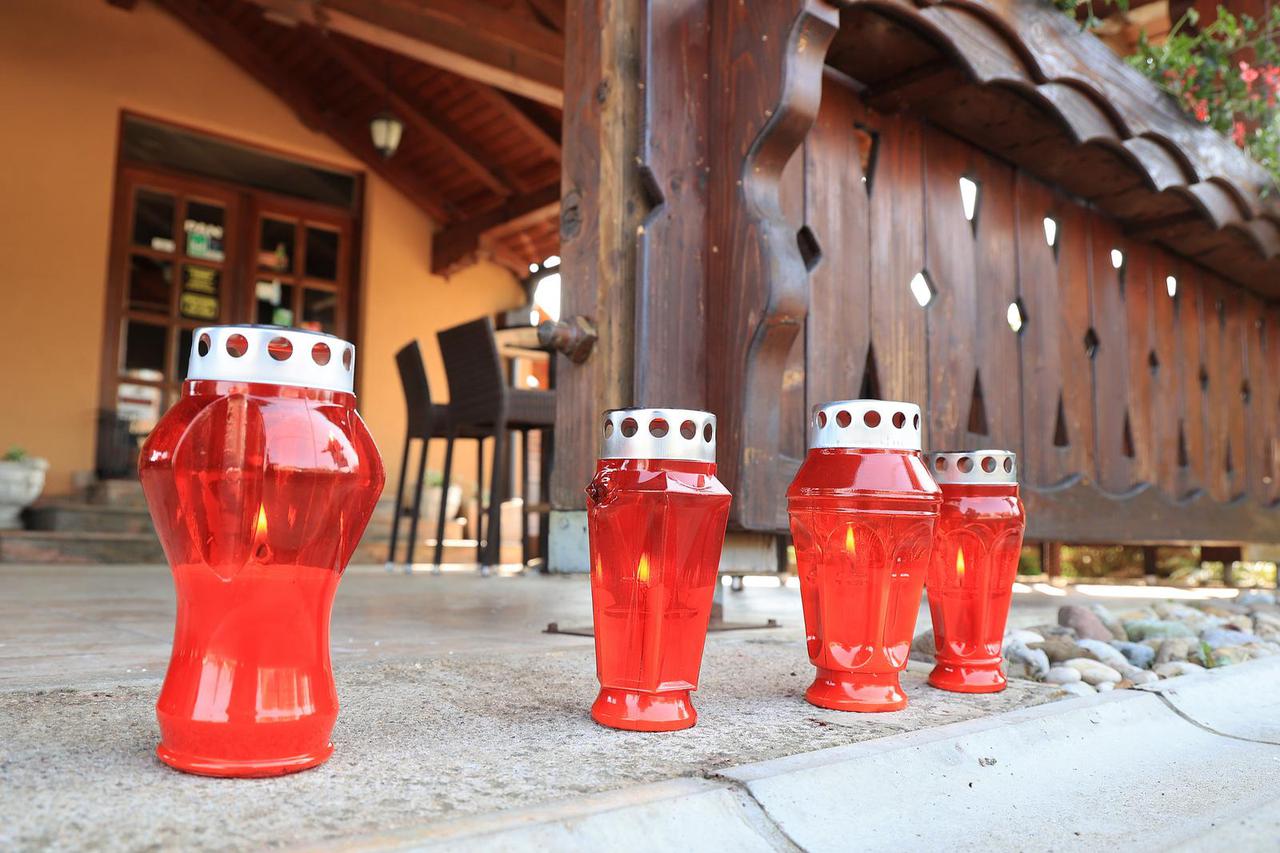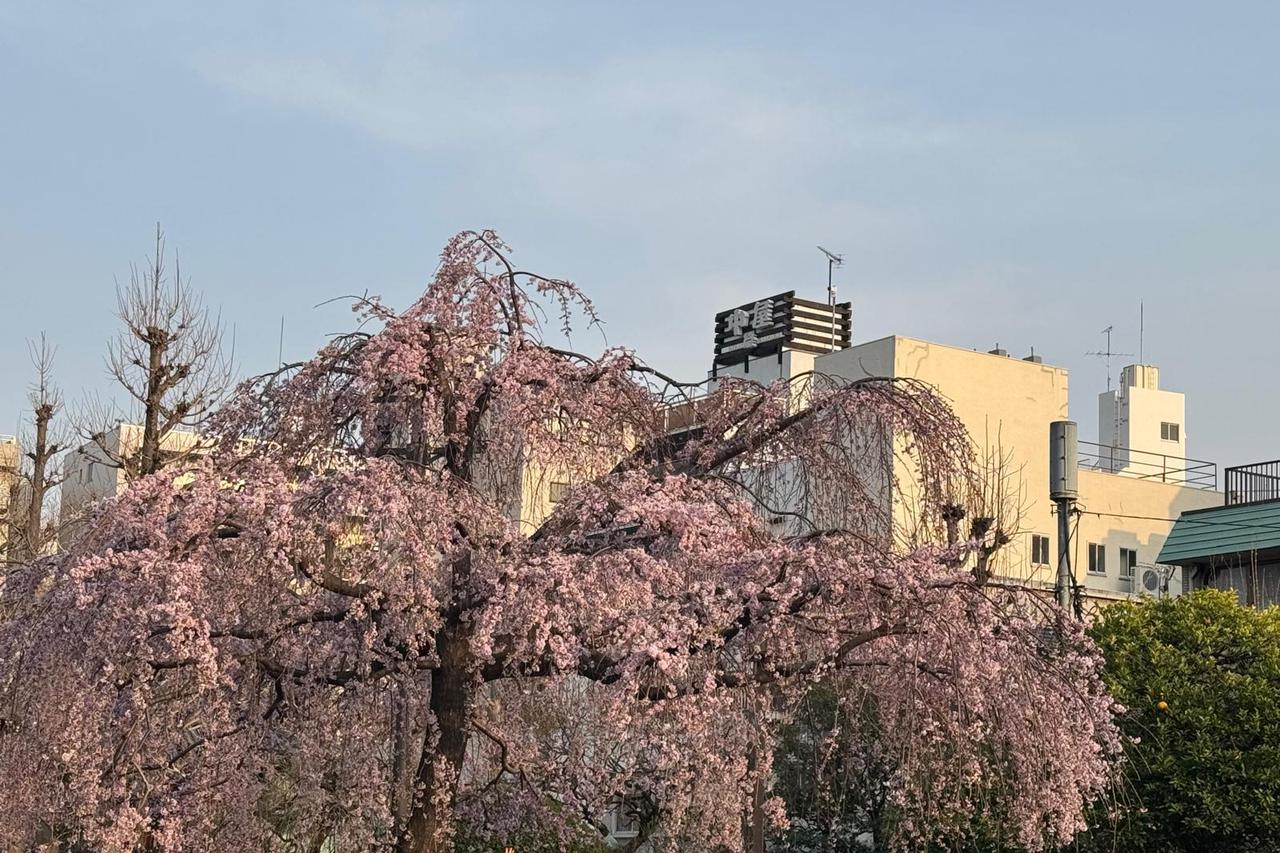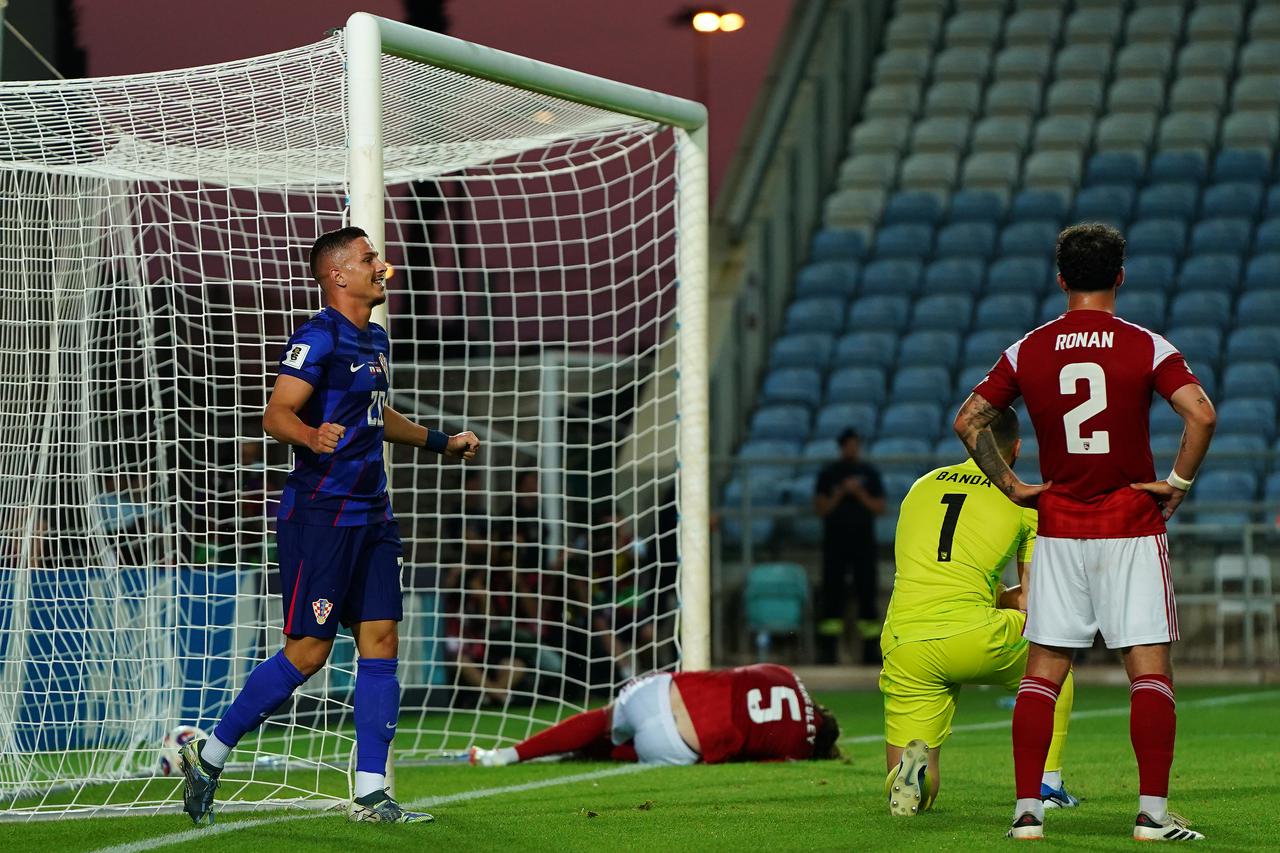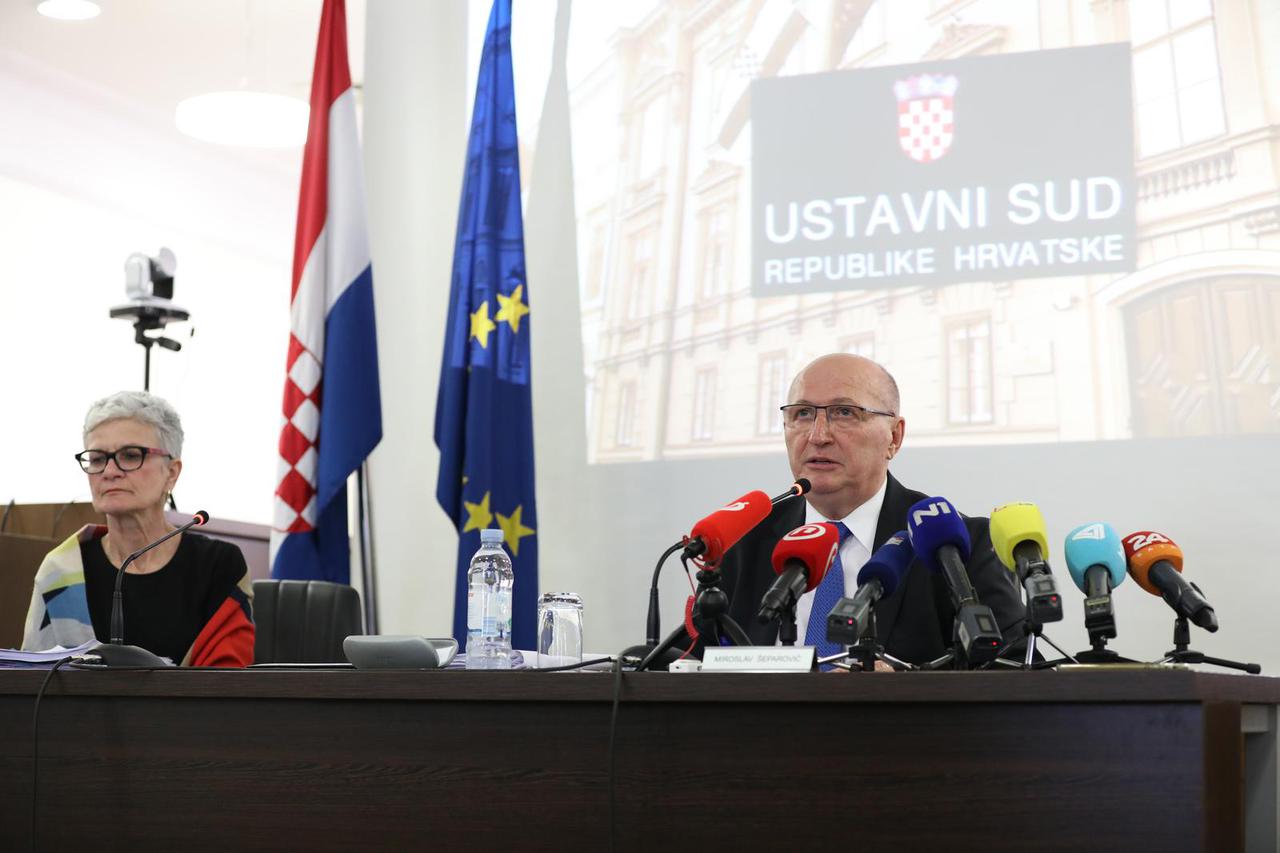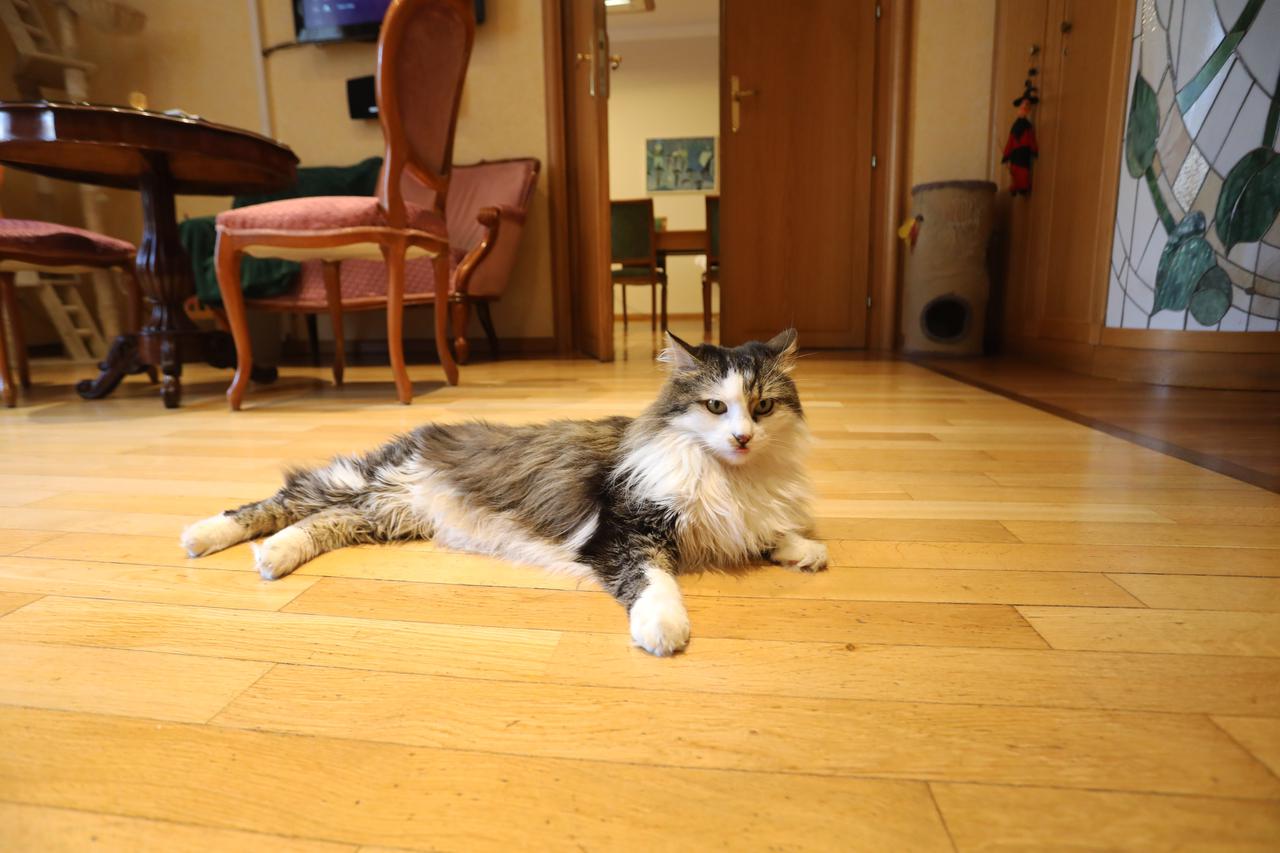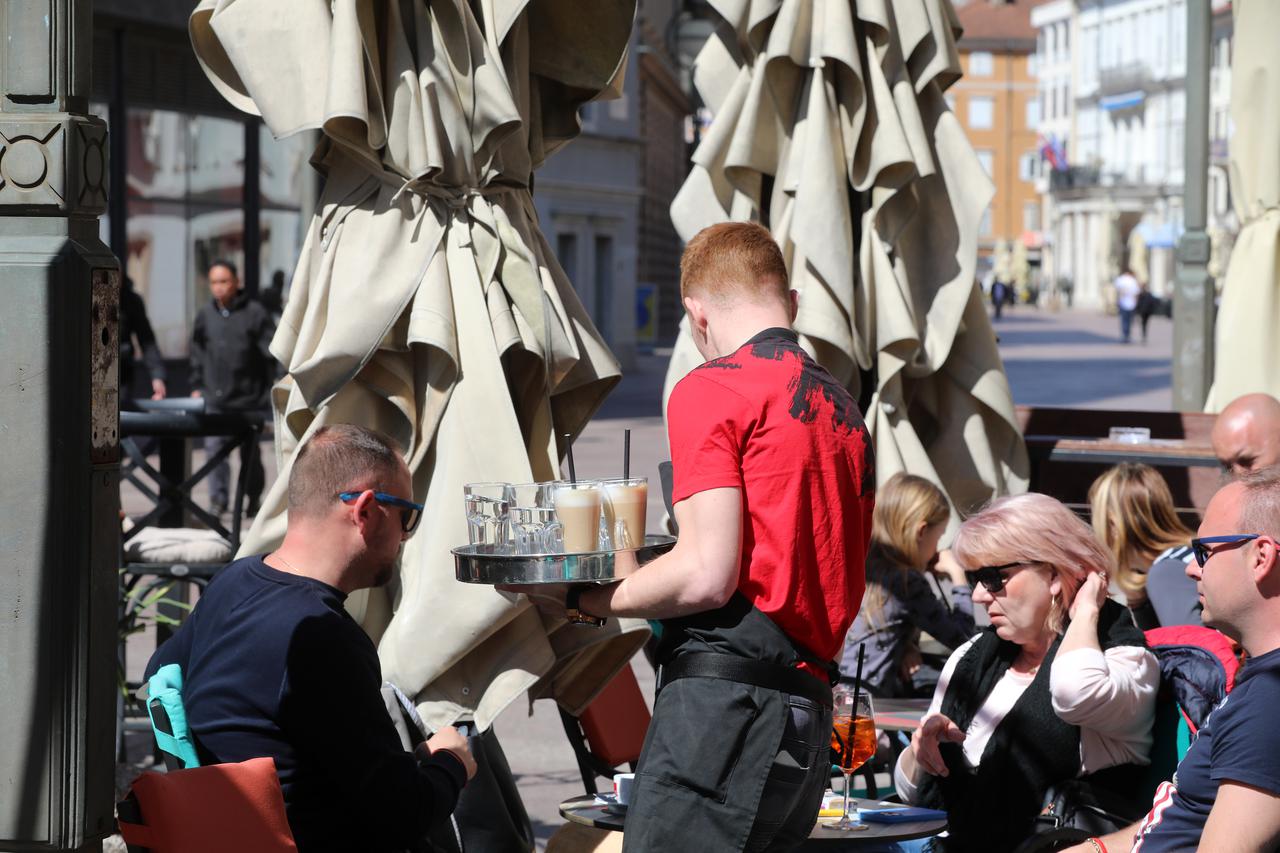The Eiffel Tower, now a symbol of Paris, was originally offered to Barcelona as the centerpiece of the World Exhibition. Barcelona rejected the project due to aesthetic reasons and financial costs, considering the tower’s design ugly and incompatible with the city’s architecture. After the rejection, Gustave Eiffel offered the project to Paris, where the tower faced opposition from artists and the public but was eventually built and became a symbol of modern engineering and French industrial power. The tower was initially planned as a temporary structure but remained due to its practical use, especially as a radio antenna during World War I.
Political Perspectives:
Left: Left-leaning sources might emphasize the cultural and artistic opposition to the Eiffel Tower’s construction, highlighting the initial resistance from artists and intellectuals in Paris and the aesthetic concerns raised by Barcelona. They may also focus on the tower as a symbol of industrial progress but critique the commercialization and tourist-driven aspects that followed.
Center: Center-leaning sources typically present a balanced historical account, focusing on the facts of the tower’s initial rejection by Barcelona, the opposition in Paris, and its eventual acceptance and iconic status. They highlight the engineering achievement and the tower’s role in technological progress and tourism without strong ideological framing.
Right: Right-leaning sources might emphasize the Eiffel Tower as a symbol of national pride, French industrial and engineering prowess, and perseverance against opposition. They may downplay the initial resistance and focus on the tower’s lasting legacy as a monument to progress and French cultural identity.






